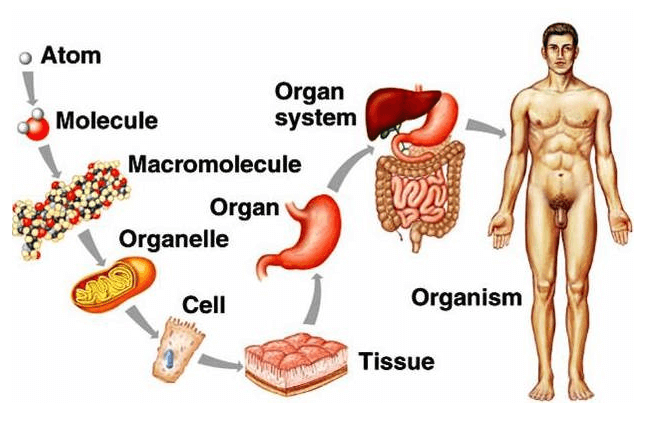Which of the following tools can be used to measure the turbidity of a liquid by measuring the transmission of light through the sample?
A. Centrifuge
B. Spectrophotometer
C. Microdensitometer
D. Electrophorometer
For those aiming to excel in their ATI TEAS test and secure admission into their desired nursing program, ExamGates offers an invaluable resource. Our platform features practice questions meticulously crafted by tutors who have previously aced the exam themselves. With ExamGates, you can access content that is 100% relevant to the test, accompanied by vivid images and illustrations. Additionally, our platform provides comprehensive explanations for both correct and incorrect answers, empowering you to fully grasp the material and optimize your study efforts. Take the first step towards your nursing aspirations with ExamGates today.
The correct answer is b. Spectrophotometer. A spectrophotometer is a tool that can be used to measure the turbidity of a liquid by measuring the transmission of light through the sample. Turbidity is a measure of the cloudiness or haziness of a liquid caused by the presence of suspended particles. A spectrophotometer measures the amount of light that passes through the sample and compares it to the amount of light that passes through a reference sample to determine the turbidity.
a. A centrifuge is a tool used to separate components of a mixture based on their densities, not to measure
turbidity.
c. A microdensitometer is a tool used to measure the optical density of an image, not to measure turbidity.
d. An electrophorometer is a tool used to separate charged particles based on their size and charge, not to measure turbidity.

Therefore, the Correct Answer is B.
More Questions on TEAS 7 Science Exam 3
Question 1:
Punnet Square
An organism with an unknown genotype is crossed with another organism that shows the recessive trait (aa). The Punnet square below shows the results. Which of the following is the unknown genotype?
|
|
Unknown |
Unkonwn |
|
a |
Aa |
aa |
|
a |
Aa |
aa |
A. a
B. Aa
C. aa
D. AA
The Correct Answer is B.The unknown genotype is Aa. This can be inferred from the Punnet square, which shows that half of the offspring are Aa and half are aa. This indicates that the unknown parent must have one dominant allele (A) and one recessive allele (a), making its genotype Aa.
The other options are not correct because they do not match the results shown in the Punnet square. If the unknown genotype was aa or AA, all of the offspring would have the same genotype as their parent. If the unknown genotype was a, it would not be a valid genotype as it only has one allele.
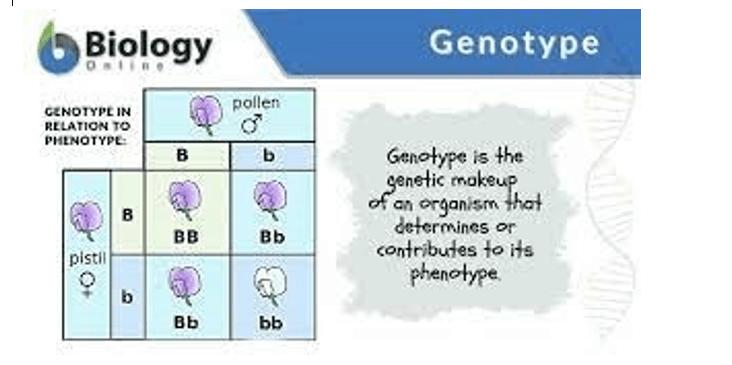
Question 2:
An individual suffers severe blunt trauma to the thoracic cavity. Which of the following organs are at greatest risk from this injury?
A. Heart and lungs
B. Brain and spinal cord
C. Liver and stomach
D. Large and small intestines
The Correct Answer is A.The correct answer is a. Heart and lungs. The thoracic cavity contains the heart and lungs, which are at greatest risk from severe blunt trauma to this area.
a.The brain and spinal cord are not located in the thoracic cavity and are therefore not at greatest risk from blunt trauma to this area.
c.The liver and stomach are located in the abdominal cavity, which is below the thoracic cavity. While these organs may be affected by severe blunt trauma to the thoracic cavity, they are not at greatest risk.
d.The large and small intestines are also located in the abdominal cavity and are not at greatest risk from blunt trauma to the thoracic cavity.
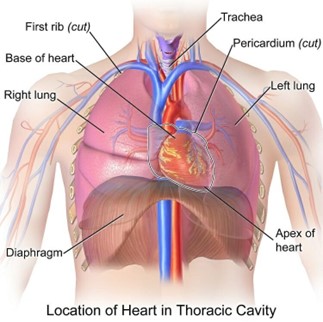
Question 3:
Which of the following properties does soap, an emulsifier, have that make it useful for washing dirt off one’s hands with water?
A. Soap’s dual polar and nonpolar nature helps bond oil and water
B. Soap’s acidity causes grime to precipitate into the water
C. Soap’s enzymatic action helps to dissolve grime into small particles
D. Soap’s rough texture physically scours grime off surfaces
The Correct Answer is A.The correct answer is a. Soap’s dual polar and nonpolar nature helps bond oil and water. Soap is an emulsifier, which means that it has both polar and nonpolar regions. The polar regions of soap molecules are atracted to water, while the nonpolar regions are atracted to oil and grease. This allows soap to bond with both water and oil, helping to remove dirt and grime from surfaces.
B. Soap’s acidity does not cause grime to precipitate into the water.
C. Soap does not have enzymatic action that helps to dissolve grime into small particles.
D. Soap’s texture does not physically scour grime off surfaces.
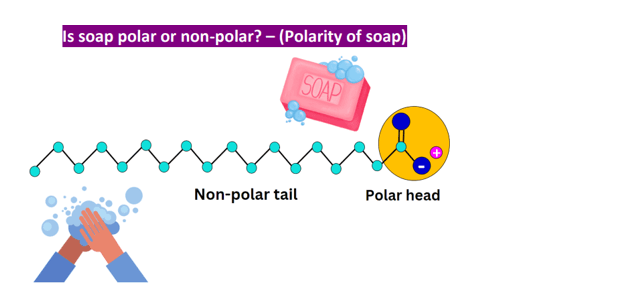
Question 4:
Which of the following classes of biological molecules includes enzymes?
A. Lipids
B. Vitamins
C. Carbohydrates
D. Proteins
The Correct Answer is D.Enzymes are a type of protein that catalyze chemical reactions in the body. Proteins are one of the four main classes of biological molecules, along with lipids, carbohydrates, and nucleic acids.
The other options are not classes of biological molecules that include enzymes. Lipids are a class of molecules that includes fats and oils, vitamins are organic compounds that are essential for normal growth and nutrition, and carbohydrates are a class of molecules that includes sugars and starches.

Question 5:
Which of the following is correct regarding the pH scale?
A. A substance with a pH of 3 is two times more alkaline than a substance with a pH of 4.
B. A substance with a pH of 3 is 10 times more alkaline than a substance with a pH of 4.
C. A substance with a pH of 3 is two times more acidic than a substance with a pH of 4.
D. A substance with a pH of 3 is 10 times more acidic than a substance with a pH of 4.
The Correct Answer is D.The correct answer is d. A substance with a pH of 3 is 10 times more acidic than a substance with a pH of 4. The pH scale is a logarithmic scale, which means that each change of one pH unit represents a tenfold change in the hydrogen-ion concentration. A substance with a pH of 3 has a hydrogen-ion concentration that is 10 times greater than that of a substance with a pH of 4.
A. A substance with a pH of 3 is not two times more alkaline than a substance with a pH of 4.
B. A substance with a pH of 3 is not 10 times more alkaline than a substance with a pH of 4.
C. A substance with a pH of 3 is not two times more acidic than a substance with a pH of 4.

Question 6:
A researcher wants to gather data on the average wing strength of all birds found in the American Northwest. The researcher only has one small net, so all large birds were excluded from the study. The researcher's results were different than expected, but he believes his data include enough birds to estimate the strength of all birds. For which of the following reasons should this data be rejected?
A. Data contradict the control group
B. Data were different than expected
C. Data are biased by the methodology
D. Data cannot be displayed graphically
The Correct Answer is C.The correct answer is c. Data are biased by the methodology. The researcher's data should be rejected because they are biased by the methodology used to gather them. By only using a small net, the researcher excluded all large birds from the study. This means that the data do not accurately represent the average wing strength of all birds found in the American Northwest.
A. The data contradicting the control group is not a reason to reject the data in this case.
B. The data being different than expected is not a reason to reject the data in this case.
D. The data not being able to be displayed graphically is not a reason to reject the data in this case.
Question 7:
Hikers who found a human body at high altitude in the Italian Alps thought the man had died recently, but tests indicated he was shot with an arrow more than 5,300 years ago. Which of the following would be the best reason for prolonged preservation of the body?
A. The ultraviolet rays at such a high altitude caused all his molecules to be preserved.
B. The food that the person ate contained toxins that killed the bacteria that would have otherwise destroyed the body.
C. The body was frozen in the cold temperature of the Alps shortly after he died and remained frozen until it was found.
D. The arrow wound caused blood to flow out of the body which led the enzymes that would break down tissue to be cleared from the body.
The Correct Answer is C.The best reason for the prolonged preservation of the body is that it was frozen in the cold temperature of the Alps shortly after death and remained frozen until it was found. Freezing can preserve a body by slowing down or stopping the decomposition process.
The other options are not as likely to have caused prolonged preservation.
Ultraviolet rays can damage molecules rather than preserve them. Toxins in food would not necessarily kill all bacteria that could cause decomposition. Blood loss from an arrow wound would not necessarily clear all enzymes that could break down tissue.
Question 8:
To accurately measure the density of a series of small irregular solids made of plastic, wood, fibreglass, and glass, a student will need which of the following laboratory tools?
A. Graduated cylinder, water, weighing balance
B. Graduated cylinder, spectrophotometer, water
C. Graduated beaker, metric ruler, water
D. Weighing balance, Bunsen burner, metric ruler
The Correct Answer is A.To accurately measure the density of a series of small irregular solids made of plastic, wood, fiberglass, and glass, a student will need a graduated cylinder, water, and a weighing balance. The student can use the water displacement method to determine the volume of each solid by measuring the volume of water displaced when the solid is submerged in a graduated cylinder filled with water. The mass of each solid can be measured using a weighing balance. The density can then be calculated by dividing the mass by the volume.
The other options are not correct because they do not provide the necessary tools to accurately measure the density of the solids. A spectrophotometer is used to measure light absorption and is not necessary for measuring density. A graduated beaker is less accurate than a graduated cylinder for measuring volume. A Bunsen burner is used for heating and is not necessary for measuring density.
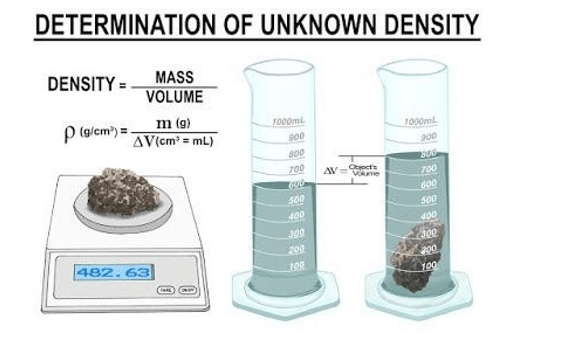
Question 9:
How many times stronger is the hydrogen-ion concentration of a pH 4 solution as compared with a pH 9 solution?
A. 0.00001
B. 5
C. 100,000
D. 50
The Correct Answer is C.The correct answer is c. 100,000. The pH scale is a logarithmic scale, which means that each change of one pH unit represents a tenfold change in the hydrogen-ion concentration. A pH 4 solution has a hydrogen-ion concentration that is 10^5 (or 100,000) times greater than that of a pH 9 solution.
a. 0.00001 is the hydrogen-ion concentration of a pH 9 solution as compared with a pH 4 solution.
b. 5 is the difference in pH units between a pH 4 solution and a pH 9 solution.
d. 50 is not the correct answer.

Question 10:
Which of the following correctly orders structures from simple to complex?
A. Cells, tissues, atoms, organs
B. Atoms, organs, tissues, cells
C. Atoms, cells, tissues, organs
D. Organs, tissues, cells, atoms
The Correct Answer is C.The correct answer is c. Atoms, cells, tissues, organs. This is the correct order of structures from simple to complex. Atoms are the smallest and simplest units of mater. Cells are made up of atoms and are the basic units of life.
Tissues are groups of similar cells that work together to perform a specific function. Organs are made up of different types of tissues and perform more complex functions.
A. Cells, tissues, atoms, organs is not the correct order from simple to complex.
B. Atoms, organs, tissues, cells is not the correct order from simple to complex.
D. Organs, tissues, cells, atoms is not the correct order from simple to complex.
